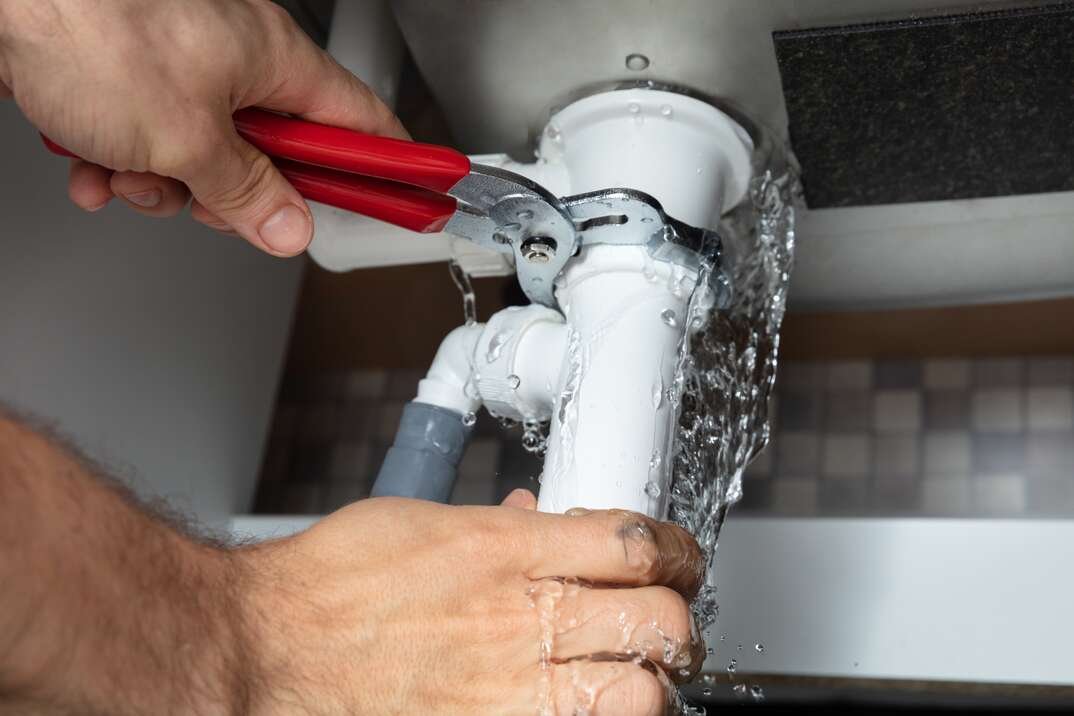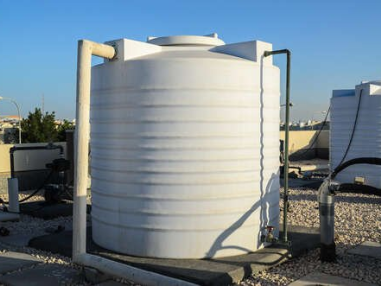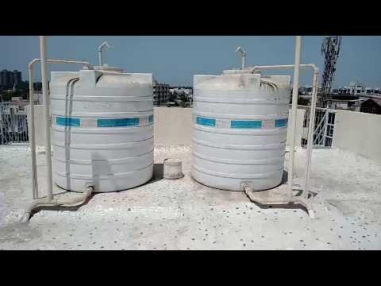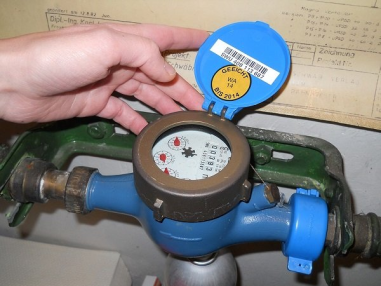

Repairing a pipeline leak can be a complex task depending on the severity of the leak, the size and material of the pipe, and its location. Here's a breakdown of how to approach pipeline leakage repair, considering both DIY and professional solutions:
Temporary Solutions and Repairs (For Minor Leaks):
Shut-off the Water Supply: The first and most crucial step is to isolate the leak by shutting off the water supply valve closest to the leak. This minimizes water
loss and allows for repairs.
Identify the Leak Location: Carefully examine the pipeline to locate the exact source of the leak. Look for visible cracks, holes, or signs of moisture.
Minor Leak with Clamps : For small leaks on exposed pipes, you can attempt a temporary fix using a repair clamp. Wrap the clamp around the leak area and tighten the
screws to create pressure and stop the leak. Disclaimer: This is a temporary solution and may not be suitable for all types of pipes or leak sizes.
Important Considerations for Repairs:
Severity of the Leak: repairs are only suitable for minor leaks. For larger leaks or leaks under pressure, attempting a DIY fix can worsen the situation.
Pipe Material: Repair methods differ depending on the pipe material (copper, PVC, etc.). Choose the appropriate repair solution compatible with your pipe type.
Expertise and Tools: pipe repair requires specific tools and some plumbing knowledge. If you're unsure about the process or don't have the necessary tools, it's best to call a professional.
When to Call a Professional Plumber:
Major Leaks or Burst Pipes: For significant leaks or burst pipes, calling a professional plumber is essential. They have the expertise and tools to address the issue efficiently and prevent further damage.
Hidden Leaks: Leaks within walls, underground, or concealed locations require professional detection and repair techniques.
Complex Pipe Systems: If your plumbing system is complex or involves multiple valves or connections, a professional plumber can ensure proper repairs without
accidentally causing new leaks.
Need for Repiping: In some cases, the damaged pipe section might require complete replacement. A professional plumber can assess the situation and recommend the best course of action.
Finding a Qualified Plumber:
Get Recommendations: Ask friends, family, or local hardware stores for recommendations on reputable plumbers experienced in leak repairs.
Check Online Reviews: Read online reviews to gauge customer experiences with potential plumbers.
Verify Credentials: Ensure the plumber is licensed and insured.
Get Quotes: Obtain quotes from several plumbers to compare pricing and services offered.
Additional Tips:
Shut-off Valve Location: Knowing the location of your shut-off valve is crucial in case of a pipe leak emergency. Familiarize yourself with its location beforehand.
Temporary Shutoff Measures: If you cannot locate the main shut-off valve, you might need to shut off the water supply to your entire house as a temporary measure to
control the leak.
Preventative Maintenance: Regularly inspect your pipes for signs of wear or corrosion. Early detection of potential leaks can help prevent major problems.
By carefully assessing the situation and your DIY skills, you can decide whether to attempt a temporary fix for a minor leak or call a professional plumber to ensure a safe and lasting repair for your pipeline leakage.


